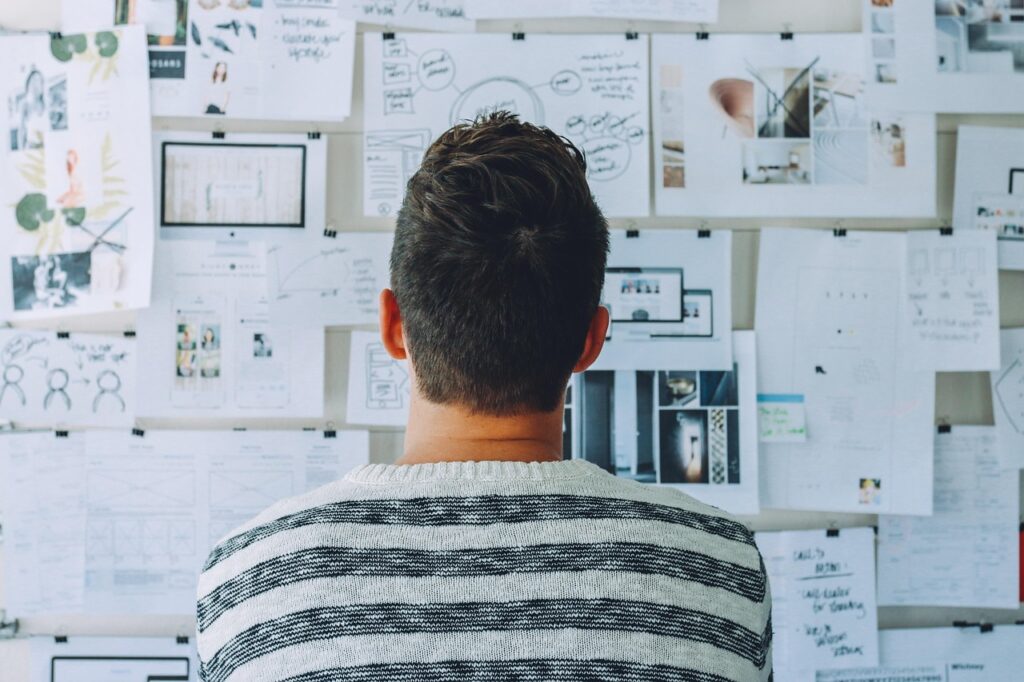Ever wondered how the brilliant minds behind your favorite fashion labels constantly conjure up groundbreaking designs, season after season? It seems like an endless wellspring of fresh ideas, doesn’t it? From the visionary minds that redefined elegance to those who dared to challenge every norm, these creative powerhouses don’t just wait for inspiration to strike; they actively cultivate it through remarkably simple, yet profoundly effective, daily practices.
The world of design is a relentless pursuit of the new, the beautiful, and the impactful. For celebrity designers, maintaining a consistent flow of innovative concepts is not merely a wish but a necessity. Their secret lies not in some arcane magic, but in structured routines, deliberate habits, and an unwavering commitment to nurturing their creative spirit. These aren’t just high-flown artistic endeavors; they are practical, repeatable strategies that anyone can adapt.
In this deep dive, we’re going to pull back the curtain on the fundamental “ways” these design icons foster their genius. We’ll explore the daily rhythms that shape their success, from the quiet moments that spark initial ideas to the meticulously crafted environments where those ideas take shape. Get ready to discover the accessible wisdom that transforms raw creativity into enduring masterpieces, proving that inspiration is indeed a habit, not a fleeting muse.

1. **Morning Rituals for Creative Spark**
The dawn of a new day holds immense potential for creativity, and many celebrated designers embrace this by establishing specific morning rituals designed to ignite their imaginative faculties. Instead of immediately plunging into the digital deluge of emails and notifications, they consciously carve out moments for introspection and creative engagement. This isn’t about rigid adherence to a schedule, but rather a purposeful initiation into their creative headspace, setting a positive and fertile tone for the hours ahead.
Imagine waking up and, rather than reaching for your phone, you pick up a sketchbook or a favorite book. This is precisely what some designers do. The act of sketching immediately after waking helps to visually articulate nascent ideas that might still be swirling from dreams, while reading can expose the mind to new perspectives and narratives, broadening the creative horizon before the day’s demands take hold. These initial moments become a quiet conversation with their inner muse, preparing the ground for innovative thought.
Other designers find their spark in quiet contemplation, using this precious morning time to review ongoing projects or to meticulously record new ideas in their journals. This practice serves as a mental decluttering, allowing them to consolidate thoughts and observations without the pressure of immediate execution. The context highlights a particular designer who opts for a “10-minute meditation followed by freehand drawing to clear the mind and boost focus,” illustrating a personalized yet effective approach to mental preparation. This gentle, intentional start ensures that inspiration is not rushed but rather welcomed into the conscious mind, ready to be nurtured throughout the day.
Read more about: The Enduring Romance of the Road: Why Classic Cars and Roadside Diners Share an Unbreakable Bond
2. **Organized Workday Planning**
Beyond the initial spark of morning inspiration, top designers meticulously organize their workdays, understanding that structure can be a powerful ally to creativity, not its adversary. They approach their extensive projects not as daunting monoliths but as a series of manageable “chunks,” a strategy that prevents overwhelm and maintains a steady, productive rhythm. This systematic planning ensures that every part of their creative process, from conceptualization to detailed execution, receives dedicated and focused attention.
Essential to this structured approach is the diligent use of organizational tools. Calendars, whether digital or physical, become invaluable roadmaps, clearly delineating deadlines and important milestones. To-do lists, far from being mere reminders, transform into strategic guides, helping designers to prioritize tasks and allocate their precious creative energy where it will have the most impact. The text notes that “one designer sets specific time blocks for brainstorming, then switches to detailed work” to keep creativity flowing without burnout, a testament to the power of deliberate scheduling in fostering both imaginative exploration and precise execution.
Furthermore, the physical and digital environments are often extensions of this organizational philosophy. A “tidy workspace,” whether a pristine desk free of clutter or a well-structured digital folder system, is not merely about aesthetics; it’s a functional necessity. By reducing visual and digital distractions, designers can minimize interruptions and streamline their access to vital “ideas and materials.” This commitment to an orderly environment ensures that their mental landscape remains clear and focused, allowing creativity to flow unimpeded by disarray.
Read more about: Oops! Unmasking 14 Hilarious (and Mortifying) Zoom Fails That Every Remote Worker Can Relate To
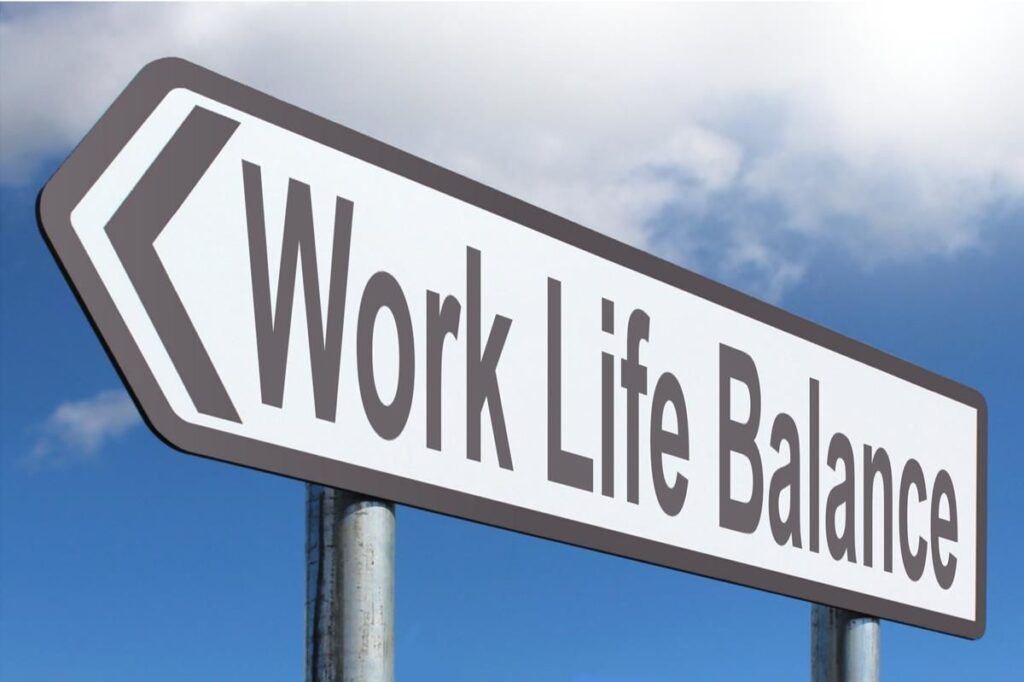
3. **Strategic Work-Life Balance**
In the high-pressure world of design, where deadlines loom and creative demands are constant, the importance of strategic work-life balance cannot be overstated. Far from being a luxury, rest is recognized by leading designers as an indispensable component of sustained creative success. They understand that the mind, much like any finely tuned instrument, requires periods of recuperation to perform at its peak, and they actively integrate these recovery phases into their daily and weekly routines.
Short, intentional breaks are a common tactic employed during intense work sessions. These brief pauses serve to “refresh attention” and prevent mental fatigue from setting in. Simple actions like “step[ping] outside for fresh air or a quick walk” offer a physical and mental reset, allowing designers to return to their tasks with renewed vigor. Others prefer quieter forms of repose, choosing to “listen to music or sip tea quietly,” activities that provide a gentle detachment from the creative challenges at hand, fostering a sense of calm and perspective.
Beyond these micro-breaks, successful designers also prioritize longer periods of disconnection. Establishing clear “evening routines or weekend time off” is crucial in preventing the insidious creep of burnout, which can stifle even the most prolific creative minds. This deliberate separation from work allows for a deeper level of mental and emotional restoration, ensuring that when they return to their craft, their ideas are not just present but “fresh.” It’s this intelligent balancing of focus with rest that ultimately enables designers to “maintain steady creativity over time,” proving that true productivity encompasses both intense work and restorative downtime.
Read more about: Master Your Commute: 12 Life-Changing Strategies to Slash Stress and Boost Your Well-being Every Day

4. **Batching Creative Tasks for Efficiency**
Efficiency in the creative process is paramount for designers constantly juggling multiple projects and ideas. One highly effective time management strategy adopted by many design icons is “batching creative tasks.” This involves grouping similar types of work together and dedicating specific blocks of time to complete them, rather than flitting between disparate activities. The core benefit of this approach is the reduction of “switching gears too often,” a common pitfall that drains mental energy and fragments focus.
Consider the tangible impact of this method: a designer might choose to “sketch all ideas in one session,” a period entirely devoted to ideation and freehand expression. Only after this exploratory phase is complete do they then “move on to digital work later,” transitioning to a different mental mode requiring precision and technical skill. This deliberate separation ensures that each task receives uninterrupted attention, avoiding the “constant breaks in concentration” that can stifle the flow of innovative thought and hinder the detailed execution of designs.
The power of batching extends beyond mere focus; it also significantly “saves mental energy.” When a designer can immerse themselves in a singular type of task, they are more likely to “get into a smooth rhythm.” This state of deep concentration, often referred to as ‘flow,’ is where creativity thrives, leading to insights and solutions that might otherwise remain elusive. This sustained rhythm not only “helps her finish projects faster” but also contributes to “better quality” outcomes, as the work benefits from consistent, unfragmented attention and a more cohesive thought process.
Read more about: 15 Powerful Time Management Strategies: What Top Female Tech CEOs and Visionary Leaders Swear By
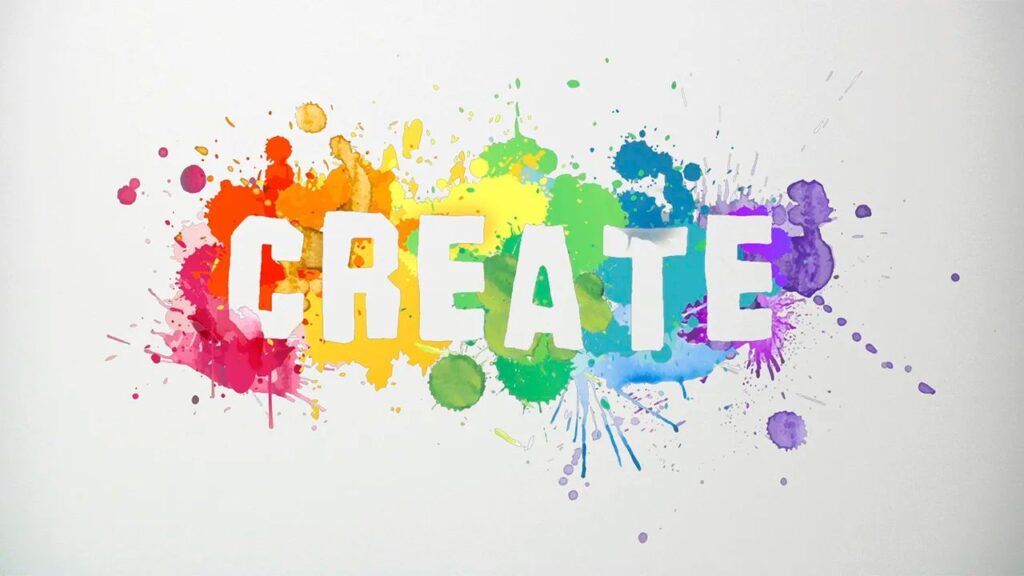
5. **Blocking Uninterrupted Creative Time**
In an increasingly interconnected and demanding world, the ability to carve out dedicated, “uninterrupted creative time” is a hallmark of truly productive designers. These visionaries understand that profound creative work requires deep focus, a state difficult to achieve amidst the constant barrage of meetings, notifications, and ad-hoc requests. Therefore, they strategically “reserve specific blocks of time” where external disruptions are entirely eliminated, allowing them to fully immerse themselves in the intricate process of design.
The timing of these protected blocks is often aligned with a designer’s personal energy cycles. For some, the “early morning when the mind feels fresh” is the ideal window, a serene period before the rest of the world awakens, perfect for unhindered ideation. Others find their creative sanctuary “late at night for quiet and calm,” benefiting from the stillness and reduced external stimuli. This personalization ensures that designers are working at their cognitive best during these crucial periods, maximizing the potential for breakthroughs.
The primary objective of “protecting these blocks” is to “avoid multitasking.” Modern research consistently demonstrates that attempting to juggle multiple tasks simultaneously diminishes both efficiency and quality. By dedicating themselves entirely to a single creative endeavor during these times, designers can “dive deep into creative thinking.” This intense, concentrated engagement fosters the development of “stronger ideas and better problem solving,” as the mind is free to explore complexities and connections without the constant pull of fragmented attention.
Read more about: Hollywood’s Unseen Artisans: Unveiling the 14 Studio Secrets That Forge Movie Magic
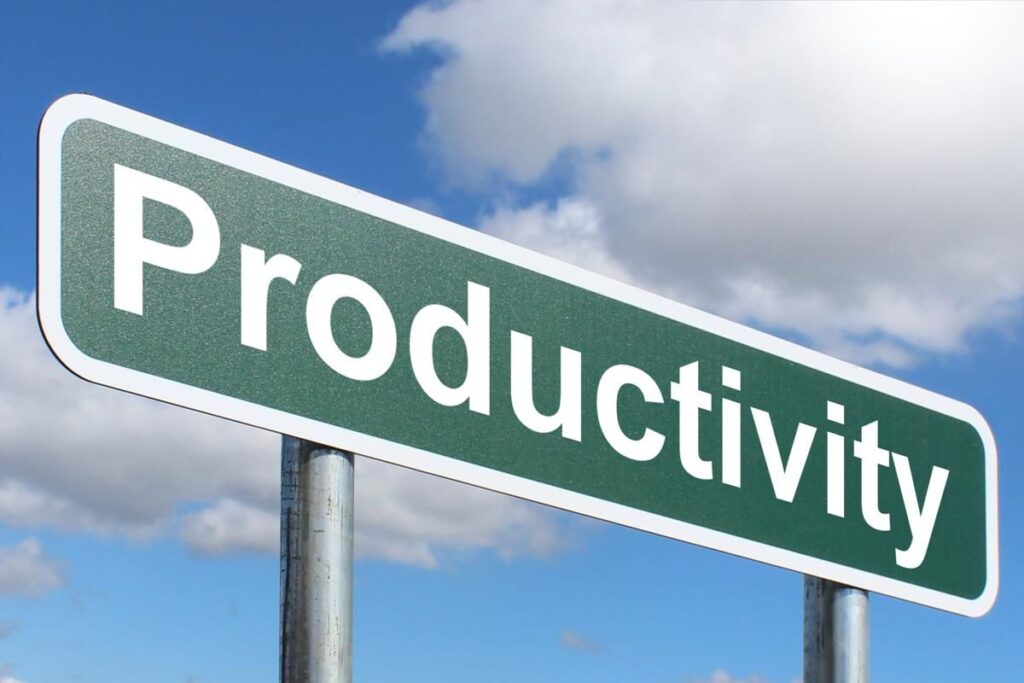
6. **Setting Clear Boundaries for Productivity**
The relentless demands of the design world can easily overwhelm even the most passionate creatives if not carefully managed. This is why “design icons clearly set limits on their work time and how others can reach them,” recognizing that effective boundaries are not a sign of inflexibility but a vital safeguard for sustained creativity and personal well-being. This proactive approach ensures that their valuable time and mental energy are directed precisely where they matter most: their core design work.
A crucial aspect of establishing these boundaries involves the courageous act of “saying no to non-essential tasks and interruptions.” Every ‘yes’ to a peripheral request is a ‘no’ to a primary creative endeavor. Designers understand this trade-off acutely and, therefore, prioritize their “energy for key projects.” This might manifest in practical actions such as “turn[ing] off notifications” during focused work periods or establishing “strict hours for emails and calls,” thereby creating zones of uninterrupted concentration and preventing the insidious creep of “constant disruptions.”
Furthermore, these boundaries are intrinsically linked to the essential principle of “balanc[ing] work and rest.” Designers are acutely aware that “creative energy needs time to recharge,” and without clear demarcations between work and personal life, the risk of “burnout can happen faster.” By consciously limiting their availability and workload, they create the necessary space for mental restoration, allowing their minds to wander, process, and ultimately, return to their craft refreshed and brimming with new ideas. These boundaries are not barriers but rather protective frameworks that nurture and sustain their invaluable creative output.
Read more about: Urban Utility Unpacked: The Top 2025 Compact Trucks Best Suited for City Jobs

7. **Curating an Inspiring Workspace**
The physical environment in which a designer works is far more than just a backdrop; it’s an active participant in their creative process. “Famous designers create spaces that help them focus and feel inspired,” meticulously curating their surroundings to serve as a constant wellspring of ideas and a sanctuary for deep work. This deliberate arrangement extends to every detail, from the macro layout to the micro placement of tools, all geared towards fostering an uninterrupted flow of imagination.
A key element of an inspiring workspace is the careful consideration of sensory inputs. Many designers make conscious choices about “lighting and colors that make them feel calm or energized,” recognizing the profound psychological impact of these elements. “Natural light is a favorite because it improves mood and focus,” bathing the space in an authentic, ever-changing glow that can stimulate the mind. Incorporating “plants or art to make the space more lively” adds organic elements and visual interest, often sparking unexpected connections and “helps ideas come easier.”
Beyond aesthetics, functionality and comfort are paramount. “The layout is also important,” with many designers gravitating towards “open spaces with minimal clutter” to allow for unrestricted movement and an uncluttered mental landscape. This design philosophy prevents visual distractions and encourages a sense of expansive possibility. Moreover, prioritizing physical “comfort matters too”; whether it’s “a good chair or standing desk,” ergonomic considerations “prevents tiredness and keeps them working longer.” Ultimately, these carefully crafted environments are not just places to work, but dynamic ecosystems designed to nurture and unleash the full spectrum of a designer’s creative potential.
Read more about: Rediscovering the Essentials: 13 Indispensable Workshop Tools You Might Be Forgetting

8. **Leveraging Collaboration for Fresh Perspectives**
Ever feel like you’re stuck in your own head, endlessly spinning the same ideas? You’re not alone! Even the most brilliant celebrity designers know the power of a good chat and a fresh pair of eyes. Instead of toiling away in solitude, these creative powerhouses actively seek out “group discussions” and “share their thoughts openly” with others, recognizing that true innovation often sparks from collective minds. It’s like a design jam session where everyone brings their unique flavor to the table!
These designers often gather in dynamic settings, whether it’s “studios, workshops, or online spaces,” creating environments ripe for creative cross-pollination. By openly “sharing sketches, concepts, or drafts” early in the design process, they invite a multitude of “different viewpoints” and problem-solving approaches. This isn’t just about getting approval; it’s about enriching their initial ideas and making their work “stronger before it moves to the final stage.” Think of it as stress-testing ideas with a friendly, expert panel.
The beauty of “talking with peers” is that it doesn’t just refine existing concepts; it often “sparks new ideas” altogether. A casual comment or an unexpected suggestion can send a designer down an entirely new, exciting path, keeping their “creativity flowing” and ensuring their collections never feel stagnant. This collaborative brainstorming isn’t just a method; it’s a vibrant ecosystem where creativity is a shared, evolving entity, proving that sometimes, two (or more!) heads are definitely better than one when it comes to groundbreaking design.
Read more about: The Unseen Force: Decoding What Makes Talk Show Interviews Go Viral in 2025
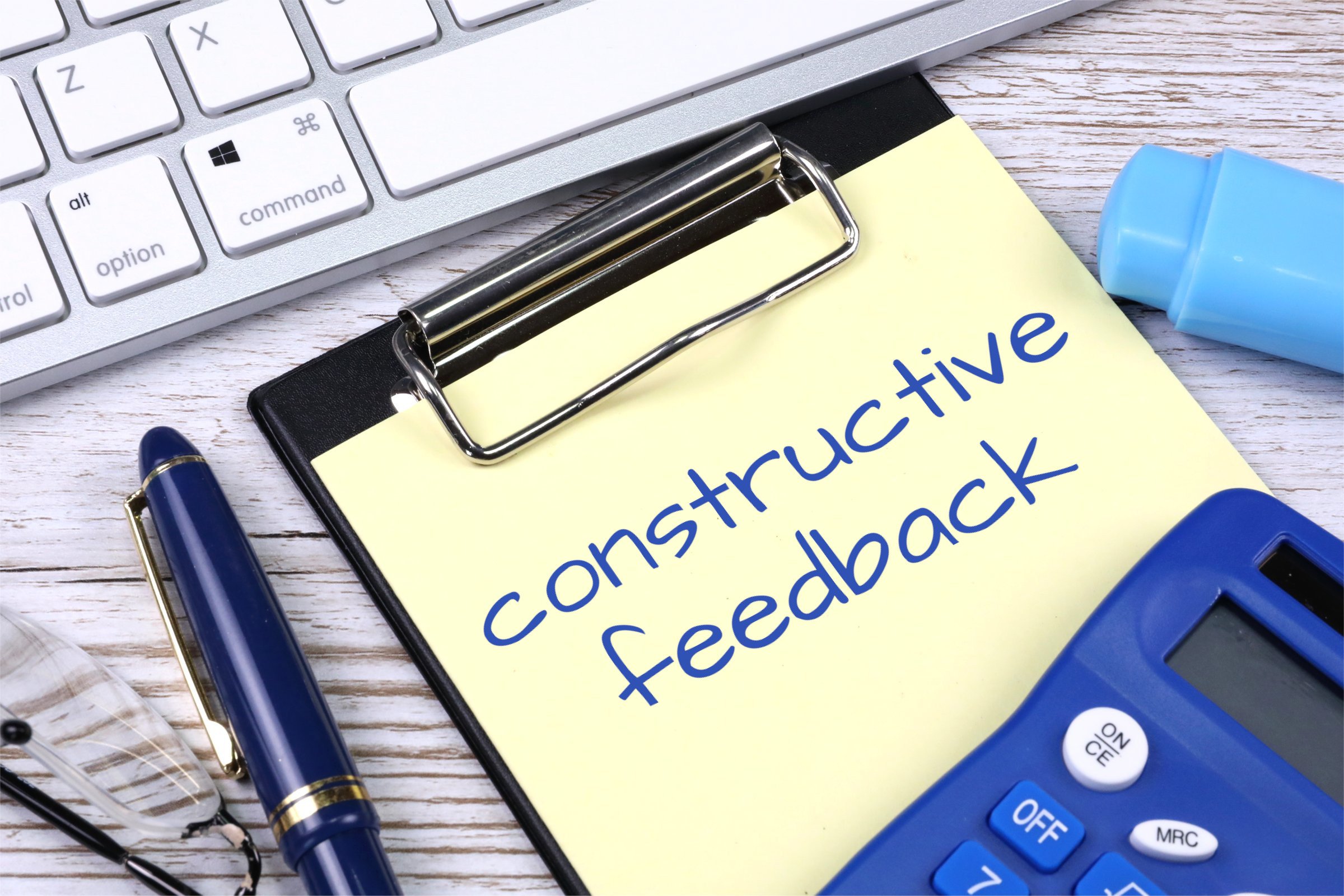
9. **Embracing Constructive Feedback**
Okay, so you’ve shared your ideas, and now comes the moment of truth: feedback. For many, this can feel like walking a tightrope, but for design icons, it’s a golden opportunity. They don’t just passively receive opinions; they “actively ask for feedback that focuses on improvement,” craving honest insights rather than mere flattery. This deliberate pursuit of “constructive criticism” is a cornerstone of their evolution, enabling them to spot blind spots and polish their creations to perfection.
To ensure this feedback is truly impactful, many designers employ “structured methods like design critiques or peer reviews.” These aren’t casual chats; they’re thoughtfully organized sessions designed to create “a safe space where everyone respects each other’s opinions.” This framework allows for a deep dive into the work, highlighting “both strengths and areas for growth” without making anyone feel discouraged. It’s about building up the design, not tearing down the designer.
But here’s the kicker: these designers don’t just *listen* to feedback; they “use it day by day.” They possess a “flexible mindset,” readily making “adjustments to their sketches, color choices, or layouts regularly based on what they learn.” This iterative process, which can involve “several rounds” of refinement, isn’t seen as a chore but as a continuous loop of learning and improvement. It’s this commitment to incorporating external perspectives that ensures their designs are not only aesthetically brilliant but also resonate widely.
Read more about: Navigating the Tides: How Small Businesses Are Mastering Seasonal Hiring Challenges for Sustained Growth
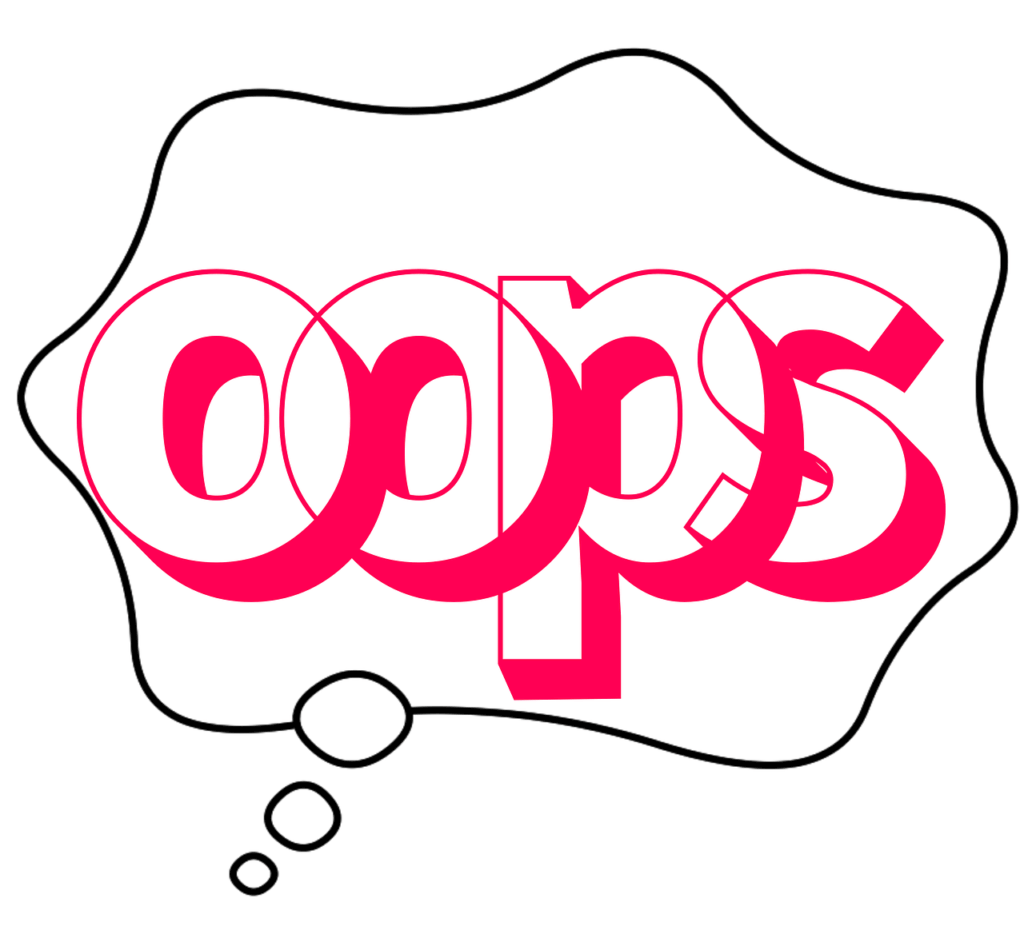
10. **Learning from Every “Oops!” Moment**
Ever had a design idea that looked amazing on paper but was a total flop in reality? Guess what, even the pros have them! But instead of burying their heads in the sand, “successful designers treat mistakes as valuable lessons.” This isn’t just a feel-good mantra; it’s a strategic approach where they “carefully study what went wrong” when a design doesn’t hit the mark. It’s about turning every misstep into a stepping stone, avoiding “repeating the same errors” and continuously sharpening their craft.
Consider a situation where “a designer might notice that a color choice makes a product hard to read.” A less experienced individual might shrug and move on, but a seasoned pro will dive deep. They won’t just note the problem; they’ll “test different colors until they find one that works better,” embracing a thorough “trial and error approach” that ultimately “leads to stronger final designs.” This meticulous post-mortem isn’t about dwelling on failure, but extracting actionable insights that fuel future successes.
What’s truly inspiring is that “they also share their failures openly within teams.” Imagine a world where admitting a mistake is celebrated as a learning opportunity for everyone! This open dialogue “helps others learn too,” fostering “a healthy environment where risk-taking is encouraged, and innovation can grow.” It proves that the path to groundbreaking design isn’t a straight line, but a winding journey paved with both triumphs and the invaluable wisdom gleaned from every “oops!” moment.
Read more about: Oops! Unmasking 14 Hilarious (and Mortifying) Zoom Fails That Every Remote Worker Can Relate To
11. **The Joy of Constant Experimentation**
If there’s one thing celebrated designers aren’t afraid of, it’s shaking things up! To keep their work vibrant and fresh, they’re always “try[ing] new tools and techniques.” This isn’t about discarding what works, but about proactively seeking out novel approaches that can “spark ideas that routine work might not produce.” It’s an ongoing adventure of discovery, ensuring their creative well never runs dry.
This spirit of experimentation can manifest in countless ways. Some might “switch software” to explore different digital possibilities, while others delve into “different materials” to push the boundaries of texture and form. Even something as simple as “apply[ing] new creative exercises” or setting aside time to “sketch freely without any specific goal” can lead to “unexpected concepts that improve their usual designs.” These playful, unpressured explorations are often where the most exciting breakthroughs happen.
The genius lies in their ability to “combine old methods with fresh ones.” This isn’t an either/or scenario; it’s a dynamic blend that keeps their creative “routine balanced, blending reliability with creativity.” By constantly “experimenting,” these designers remain incredibly “adaptable and ready to meet changing demands” of the ever-evolving fashion landscape. It’s a joyful, continuous quest for the new, ensuring their collections always feel innovative and forward-thinking.
Read more about: Queens of Convenience: A Nostalgic Look at 11 Essential 1950s Kitchen Gadgets That Defined Home Life
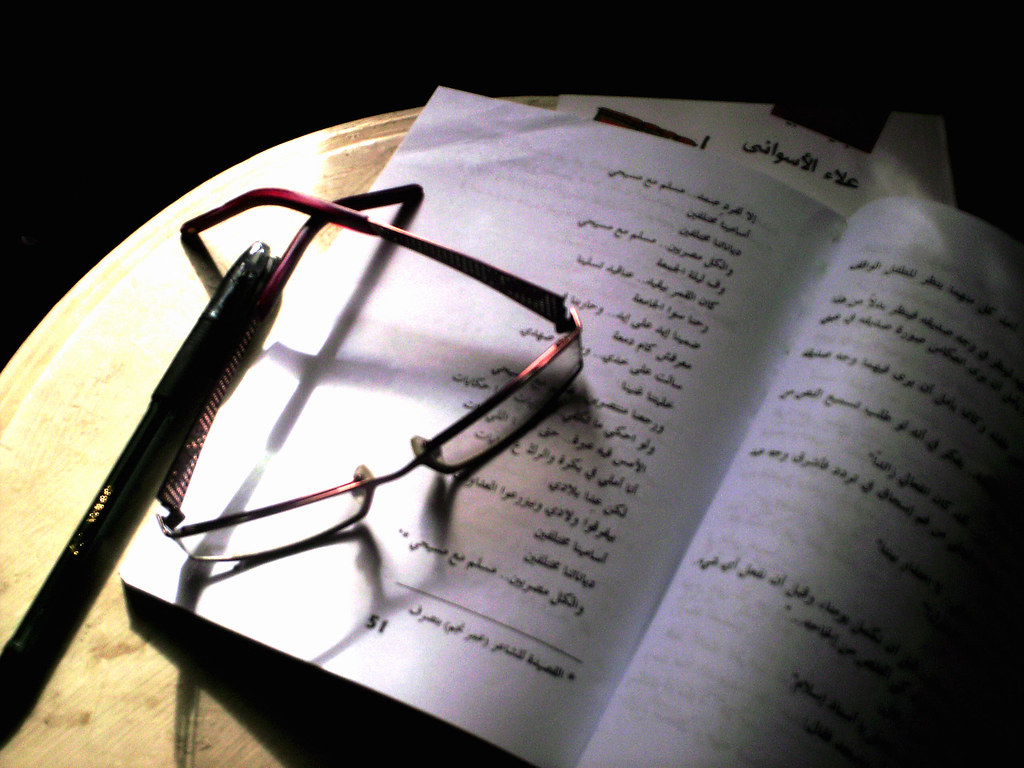
12. **The Magic of the Process Book: Your Idea Treasure Chest**
Ever wonder how designers keep track of all those brilliant sparks of inspiration that hit them at random? They don’t just rely on memory; they cultivate a secret weapon: “the Process Book.” This isn’t just a sketchbook; it’s a tangible “treasure chest full of ideas,” a living, breathing record of their creative journey. University of Fashion’s lesson on “How to Create a Process Book by Nicole Bisono” even highlights its critical importance.
These designers are true “walking sponges, always in tune with their surroundings.” Their “brains that process information like mini-computers” are “constantly observing and engaging.” They’re “diving into books, music, films, art, architecture,” hyper-tuned into “cultural events and politics,” and even jet-setting to “remote places to find inspiration.” Absolutely “everything that sparks an idea gets recorded” in this precious book, making it an invaluable repository of their creative evolution.
Within its pages, you’ll find a delightful chaos: “photos, hoard[ed] fabric scraps, collect[ed] flowers or other interesting tidbits,” and “scribble[d] tons of design details.” They “endlessly sketch things that can later be used in future collections.” This hands-on approach of collecting and documenting ensures no fleeting thought is lost, ready to be rediscovered and refined later.
It’s so crucial, in fact, that “sometimes a prospective employer will require a job applicant to show their process book.” This isn’t just a portfolio of finished work; it’s “a great way for a company to see the designer’s creative thought process” in action. It’s a testament to their continuous search for the next big idea, offering a window into the very soul of their creative genius and how they transform raw inspiration into polished concepts.
Read more about: Cooking Up Stardom: A Deep Dive into 15 Best-Selling Celebrity Cookbooks You Need in Your Kitchen

13. **Unearthing Gems in Art, Culture, and History**
For designers, inspiration isn’t always about looking forward; sometimes, the richest veins of creativity are found by looking back, or outward! The vast realms of “Art and Culture” offer an inexhaustible wellspring of ideas, transforming “museums, galleries, and cultural festivals” into essential pilgrimages. The “history of art, craftsmanship, literature, and even culinary arts” all play a vital role in influencing design aesthetics, providing a deep historical and philosophical grounding for contemporary creations.
Take, for instance, the stunning example of “Olivier Rousteing for Balmain’s 2012 Fabergé egg-inspired collection.” Who would’ve thought that opulent 19th and early 20th-century Russian court objects, now worth millions, could translate into high fashion? Rousteing’s collection “translated the grandeur of the iconic eggs into elaborate clothing designs, featuring meticulous embellishments, crystals, pearls, and golden threads,” showcasing how historical artifacts can ignite modern luxury.
Similarly, “Dolce & Gabbana’s playing card inspiration in their Spring 2018 collection, titled Amore e Bellezza,” drew from the romantic Queen of Hearts, blending it with 1950s aesthetics and Italian traditions. The show itself featured “a lavish set with giant playing cards and a carpeted runway,” with models adorned in clothing and accessories that vividly reflected these playful and romantic themes. This demonstrates how even whimsical objects can become foundational for an entire collection.
But it’s not just objects; artists themselves become muses. “Australian-born performance artist Leigh Bowery (1961-1994)” is a stellar example, whose “outrageous costumes, dramatic masquerades, and theatrical cross-dressing” profoundly impacted designers like “Jean Paul Gaultier, John Galliano, Gareth Pugh, Alexander McQueen, Maison Martin Margiela and many others.” Bowery’s “distinctive physiognomy with exaggerated red lips and other bold, sculptural references” continue to be a “treasure trove of inspiration,” proving that true artistry transcends its original medium and continues to resonate through the ages, offering “theatricality and vivid, avant-garde aesthetics.”
Read more about: Undervalued ’80s Imports: 9 Easy-to-Maintain Restoration Gems You Need to Know About

14. **Finding Inspiration in Unexpected Places: From Films to Flea Markets**
Sometimes, the most dazzling inspirations spring from the most unexpected corners of life. Celebrity designers, with their keen observational skills, know that “inspiration can be found in the mundane” and in places far removed from the traditional fashion studio. They turn to diverse sources, transforming everyday experiences and entertainment into springboards for their next groundbreaking collections.
The shimmering world of cinema, for instance, has always been “intertwined with the world of high fashion.” Films are not just entertainment; they are “a key source for study,” with designers often “explor[ing] the film’s visual splendor” to “take cues from the worlds depicted in blockbuster movies.” This deep dive into cinematic visuals allows them to capture the mood, aesthetic, and narrative elements that define a film, and reinterpret them for the runway.
Think of “Edith Head’s designs for Audrey Hepburn’s wardrobe” in classic films, where “the iconic black dress curated from satin fabric was designed by Givenchy.” These cinematic visions became timeless fashion statements, influencing “the era’s hottest trends” and even prompting “films from the era that were supposedly inspired by fashion” to be “used as an excuse to build a mobile catwalk showcasing the era’s hottest trends.” Movies truly set the style agenda!
And then there’s the delightful hunt at “flea markets” – a true designer’s paradise! Most famous fashion designers “would agree that a trip to a flea market is the best source of inspiration they’ve ever had.” It’s a treasure trove where “anything from discarded items to a full-fledged story” can spark creativity. “Learning about the objects’ past lives might stimulate designers’ creativity, resulting in a notebook brimming with ideas,” proving that “even the most inconsequential things may serve as a source of fashion inspiration.” So, keep your eyes open, because your next big idea might just be waiting at the corner market!
All right, we’ve explored the depths of how celebrity designers keep their creative fires burning, from structured daily habits to the wild frontiers of historical and pop culture inspiration. What’s clear is that creativity isn’t a passive gift; it’s an active pursuit, a meticulously cultivated garden where every seed of an idea is nurtured, challenged, and allowed to blossom. Whether it’s through the quiet reflection of a morning ritual, the vibrant give-and-take of collaboration, the humility of learning from mistakes, or the thrilling discovery in a dusty antique shop, these design maestros show us that the muse isn’t fleeting – she’s a diligent companion, if you only know how to invite her in. So, go forth and explore, experiment, and embrace your own unique path to unlocking endless inspiration!

